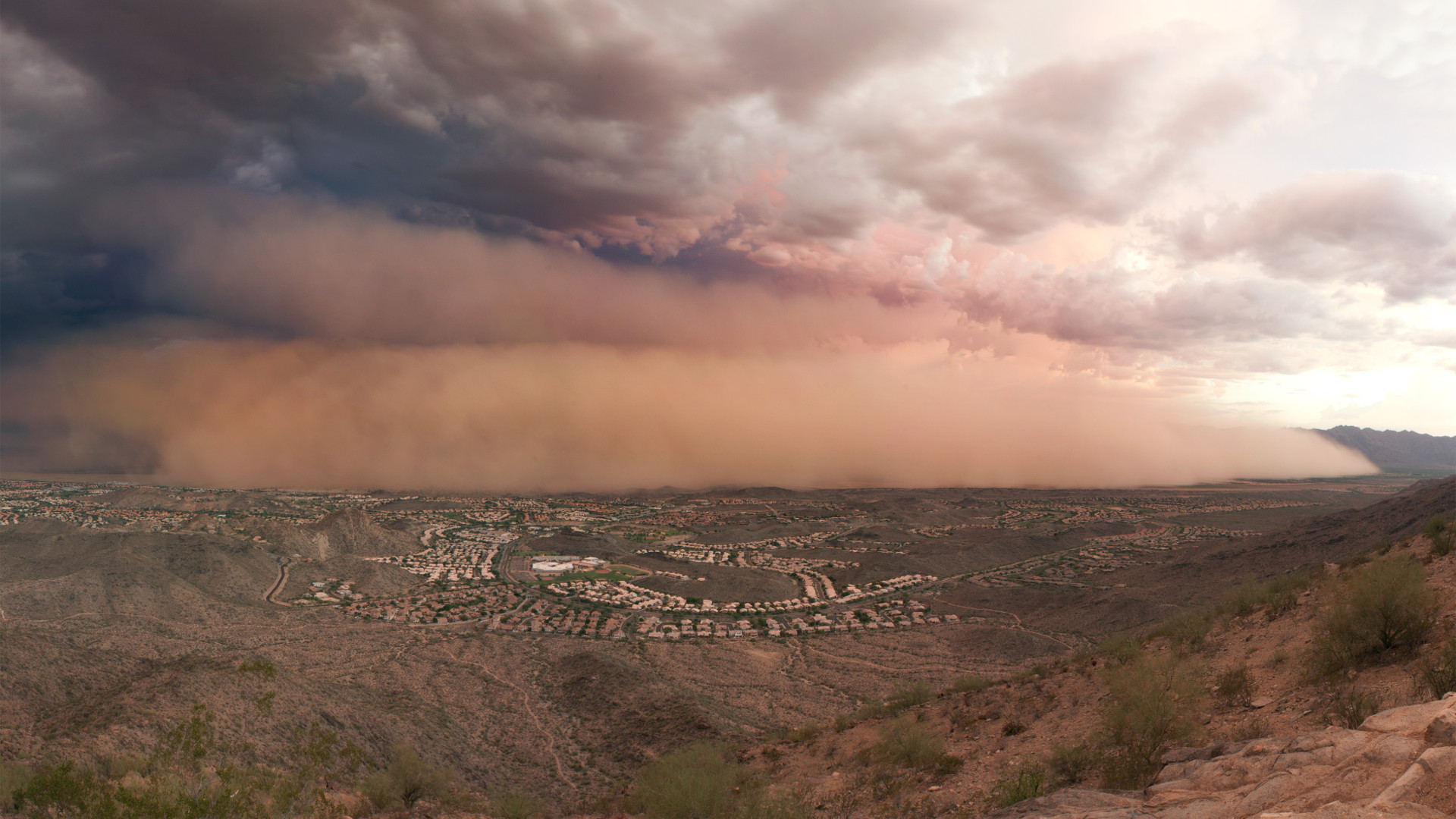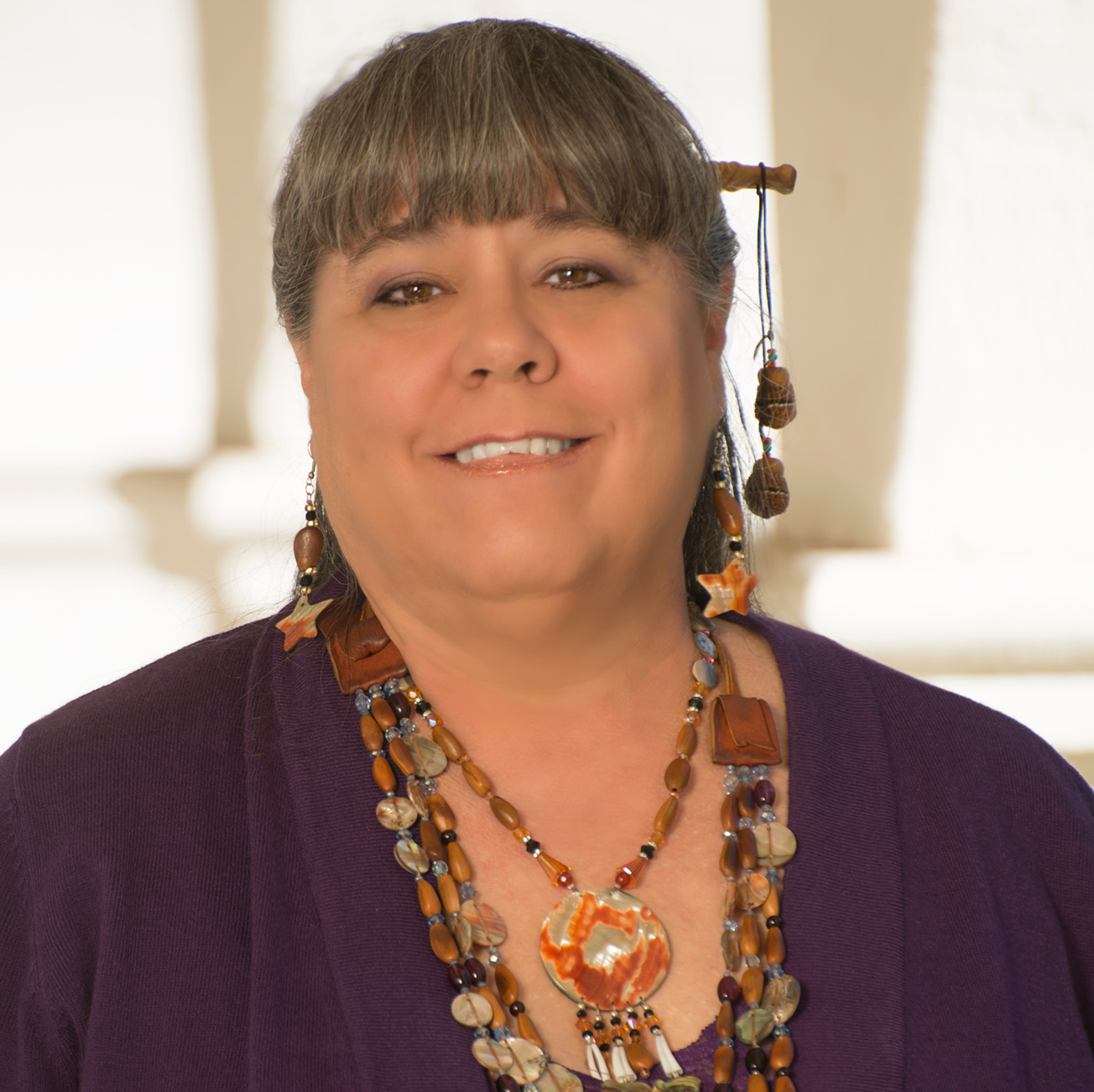As the world watches the impending water-shortage crisis in Cape Town, South Africa — which could become the world’s first major city to run out of water as early as this July — water wonks and customers alike are concerned that a similar situation may be approaching in the American Southwest as soon as 2019.
Experts say the Southwest is veering toward a dangerous intersection caused by a “structural deficit” of the long-term drought and a continuingly increasing population. As the region continues to use more water than can be replaced by rain and snow, the day that supply no longer meets demand could leave cities like Phoenix, the largest city in the nation’s fastest-growing county, high and dry, with water being as severely rationed as Cape Town is currently forced to do.
Phoenix and other southwestern cities rely on the reservoir at Lake Mead, which itself famously depends on the Colorado River as its source of water. Now, the fate of that river remains in question. Although nearly all Colorado River water managers agree that 2018 won’t see a need to enact the first protocol in the existing river water-shortage plan, they’re still concerned about the future.
That includes local Native American tribes, several of which are major Colorado River users and have treaty rights and cultural connections to much of its water.
“Water connects us historically, culturally and economically,” says Gila River Indian Community Governor Stephen Roe Lewis. “It’s a sacred resource.” His tribe originally lost their central water resource when the Gila and Salt rivers were dammed in the early 20th century, plunging the 11,200-member tribe into nearly a century of dire poverty. The tribe regained its water rights in 2004, and in the years since has been rebuilding its water systems, including restoring some riparian habitat along the Gila River. This major watershed, which includes the Verde and Salt rivers, encompasses much of central and southern Arizona and New Mexico, merging with the Colorado just north of the U.S.-Mexico border. The wetlands also recharge aquifers and support cultural activities like basket weaving.
The tribe now receives 41 percent of Arizona’s 2.8-million acre-foot Colorado River allocation — a fact that comes with a great responsibility. “We feel we have a moral imperative to conserve our shudaz, or water,” says Lewis. “We never wasted our water, and we are its caretakers.” (An acre-foot would cover a football field with 1 foot of water.)
What about the rest of the region? “A shortage won’t be declared this year,” predicts Sarah Porter, director of the Kyl Center for Water Policy at Arizona State University. However, she calls the prospect of a shortage an urgent incentive to continue negotiations over Arizona’s Drought Contingency Plan, which if enacted would provide a roadmap to manage shrinking Colorado River water. The plan includes more active management, shortage protocols and conservation measures.
The two tribes with the largest allocations, the Colorado River Indian Tribes and the Gila River Indian Community, have indicated they “want to be part of the solution,” Porter says. “They are reducing their use of river water and they’re leaving water in Mead.” And tribes are far down the line in taking water cuts, she says. “Central Arizona farmers are first in line to receive less water.”
The Gila River tribe is cognizant of the need for a coordinated water policy. “We’re trying to work for a larger solution,” Lewis says. “Shortages affect all of us — the tribes, the cities, the counties, agriculture, commercial developers alike.”
The state of Arizona was one of five participants in the March 2017 agreement to leave 40,000 acre-feet of water controlled by the Gila River tribe in Lake Mead to help stabilize water levels, and Lewis noted that the tribe has left more than 90,000 acre-feet in the lake to date. In Arizona, that’s enough to supply 180,000 average families with water for a year. Gila River has also embarked on a water-banking partnership with the state, the city of Phoenix and the Walton Family Foundation.
Arizona Department of Water Resources director Tom Buschatzke says these cooperative agreements with Arizona’s tribes are a critical tool for saving Lake Mead from falling to critical levels. “Tribal participation in those efforts to protect the integrity of Lake Mead is vitally important,” he says. “We need them to be our partners [and] many of them have the desire to be those partners. The state is committed to giving them the tools that they need and can take advantage of.”
DiEtta Person, a spokesperson for the Central Arizona Project, which manages Arizona’s Colorado River allocation, echoed Buschatzke’s sentiment. “We’ve been working with all partners on conservation,” says Person. “We’re mostly acting as if the Drought Contingency Plan has been implemented.” And, she adds, tribal water is key to keep Lake Mead’s water levels from going to “crisis mode.”
But not all Arizona players seem to be on board. Porter notes that there’s been a falling out — with the tribes, the city of Phoenix and the department of water resources on one side and the Central Arizona Project on the other — over the “very complicated question of what happens when contract holders don’t order all their water,” which results in an “excess water” pool. “How much excess water should be left in Lake Mead?” Porter says. Excess water is important for the Central Arizona Project in terms of finances, she says.
But it’s not just revenues that are at stake: Buschatzke says that the Central Arizona Water Conservation District, the agency that oversees the Central Arizona Project, shouldn’t try to stop tribes and other clients from conserving water in Lake Mead — even though the feds and state agree that they have the legal right to do so — through the use of “sovereign immunity,” a legal tool that shields some governments from many lawsuits. “To date, [the district] refuses to recognize that right [to leave water in Lake Mead],” he said March 23 at a regional meeting in Yuma. “We need all hands on deck within the state of Arizona.”
However, Porter feels that this dilemma can be resolved.
Lewis is also working to ensure that tribes aren’t the last to learn about water issues as the Southwest grapples with a long-term drought and climate change-induced hotter, dryer seasons. “We have to be at the table to help make policy,” he says. “We know the effects that occur when water is taken away,” Lewis said. “That’s why we stepped up to be part of the solution.”
In any case, although the Southwest isn’t confronting an imminent water crisis such as occurring in Cape Town, water managers across the region are casting a wary eye on their own supply, hoping to avert — or mitigate — a similar disaster.
© 2018 Debra Utacia Krol. All rights reserved.



1 thought on “Will the Southwest U.S. Run Short of Water in 2019?”
Comments are closed.